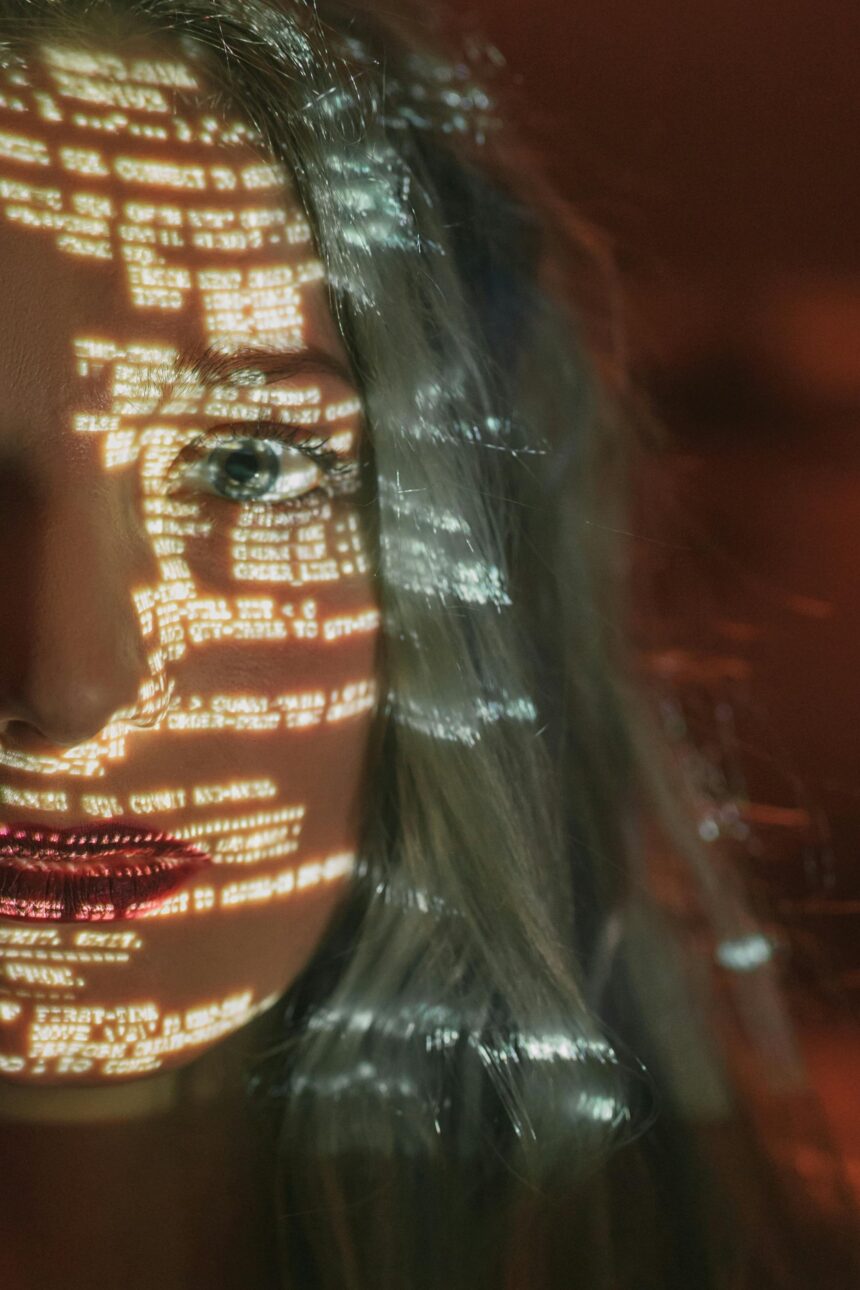Empowering Cultural Renaissance through Technological Integration
Introduction: In India, the convergence of Artificial Intelligence (AI) and the arts is not just redefining creative boundaries but also bolstering cultural preservation and accessibility. Recognizing the transformative impact of AI, the Indian government has embarked on several initiatives aimed at integrating these technologies within the artistic community. This strategic inclusion is facilitated through targeted funding, collaborations with technology giants, and educational efforts tailored to empower artists with new digital tools.
Government-Led Programs and Partnerships:
Funding and Grants for AI Art Projects: The Ministry of Culture has initiated several grants specifically for artists and cultural institutions engaging with AI. For example, the “Digital Art Grant” provides up to ₹10 lakh for projects that use AI to explore or reinterpret traditional Indian arts. This grant aims to maintain cultural relevance by adapting India’s rich heritage to contemporary mediums. Information about these grants can be accessed through the Ministry’s official website or their annual financial allocation reports.
Collaborations with Tech Companies: A notable initiative is the partnership between the Indian government and technology firms like Google and Microsoft. These collaborations are part of the “AI for Cultural Heritage” program, which aims to create platforms where artists can learn to utilize AI tools. An example is the AI-powered series of workshops conducted in partnership with Microsoft, focusing on leveraging AI for enhancing the digital interaction of traditional Indian crafts. Details about these partnerships are often shared in press releases available on the Press Information Bureau (PIB) website.
Educational Workshops and Seminars: To ensure that the artistic community is well-versed in AI applications, the government sponsors regular workshops and seminars. These are conducted in major art schools and cultural institutions across the country, such as the National Institute of Design and the National School of Drama. The curriculum for these educational programs is developed in collaboration with AI experts from academic institutions like IITs and IISc, and they aim to merge technical knowledge with artistic creativity. Updates and event details are typically announced on the Ministry of Culture’s events page and through circulars issued to educational institutions.
Challenges and Ethical Considerations:
Cultural Authenticity and AI: The Indian government remains vigilant about the cultural authenticity in AI-generated art. To address this, the Ministry of Culture has set guidelines to ensure that AI projects receiving government funding or support adhere to ethical standards that respect and preserve Indian cultural identity. These guidelines are available for public viewing on the government’s legal documentation portal.
Intellectual Property Rights: Intellectual property rights are a critical issue as AI creates new forms of artistic expression. In response, the Indian government is consulting with legal experts to refine copyright laws that will protect artists while encouraging innovation. The ongoing discussions and proposed legal frameworks are documented and can be accessed through the Intellectual Property India website.
Conclusion: The Indian government’s commitment to nurturing AI in the arts is creating a vibrant ecosystem where technology and tradition coexist harmoniously. By supporting artists through funding, collaborations, and education, the government not only preserves India’s cultural heritage but also ensures its evolution in the digital age. As AI technologies advance, they promise a new chapter of artistic expression enriched by India’s diverse cultural tapestry.


Leave a Reply